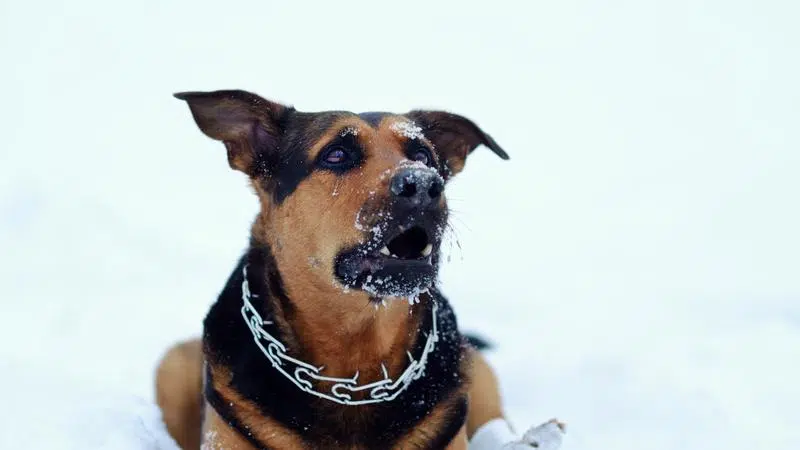
Keep your pets indoors during deep freeze, humane society advises
With nothing but frigid temperatures on the horizon, the Battlefords Humane Society (BHS) would like to remind everyone in the Battlefords area that your pets are affected by the cold just as we are.
The temperature this week in the Battlefords is dropping into the minus thirties with wind chills approaching – 40 Celsius. Those cold temperature can affect your dogs and cats as negatively as it does us.
Dogs and cats can be affected by hypothermia and frost bite just like their human counterparts.
Michelle Sparks, the BHS shelter coordinator said most pets should come in when temperatures near the -30 C mark.


